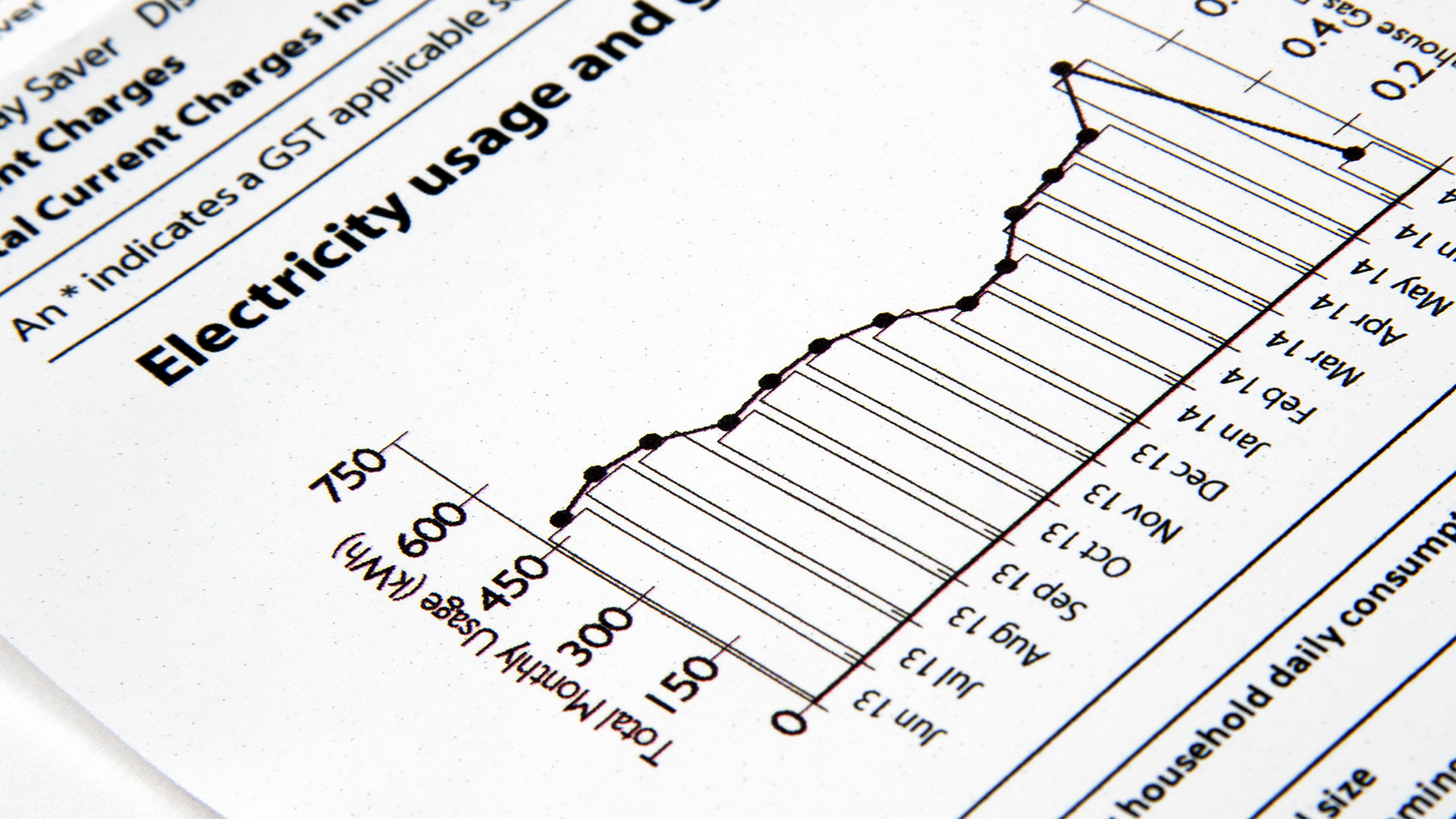Feel like your energy bill is higher than most? Depending on where you live, you might be right.
With more Americans looking for a reprieve from the blistering hot weather and the hole it has been burning in their wallet, WalletHub.com, the personal finance website, has ranked the least and most energy-expensive states in terms of energy prices, highlighting where American consumers are more likely to catch a financial break in the weeks ahead. About 7.3 percent of the average American’s total annual income goes toward energy costs.
Those in Washington, D.C., will catch the biggest break, the survey says.
In terms of average total monthly costs, the District of Columbia is the least energy-expensive state, with total energy costs — electricity, natural gas, home heating oil, and motor fuel — averaging about $223 per month. The nation’s capital city also had the lowest monthly electricity and motor fuel costs.
Following the District of Columbia, the five least energy-expensive states were:
- Colorado ($244)
- Washington ($245)
- Oregon ($261)
- Arizona ($268)
- New Mexico ($274)
The top five most energy-expensive states were:
- Connecticut ($410)
- Wyoming ($355)
- Massachusetts ($352)
- Alaska ($349)
- Rhode Island ($346)
But lower prices do not always equate with lower costs, officials warn. Consumption plays an equally important role, too.
Household in areas with cheap electricity prices can wind up with higher out-of-pocket costs than those in energy-expensive states if their total consumption is exceedingly higher. That means most consumers, regardless of where they live, should go the extra mile this summer to keep their energy bills low when cooling their homes.
With that in mind, here are a few easy-to-do steps you can take to beat the heat and drive down costs:
- Use a microwave or grill — and not the oven – to cook food.
- Keep your refrigerator full. The less space inside to cool, the less the refrigerator has to work.
- Keep your house warmer than normal when you are away.
- Schedule regular maintenance for your cooling equipment and replace air filters frequently.
- Utilize ceiling and portable fans, which can save about 25 percent and make the temperature seem 10 degrees cooler.
- Use appliances wisely. Turn off the dry cycle on your dishwasher, use only the warm or cold water setting on your washing machine, and don’t use your dryer. Line dry your clothes.
- Install a whole house fan, which draws cool air into your home through the windows while forcing hot air out through your attic vents
- Utilize window coverings and shades like patio coverings or awnings
- Turn down the water heater, which can account for up to 25% of the energy consumed in your home.
- Shorten the operating time for your pool filter or sweeper, and run it during off-peak hours.

